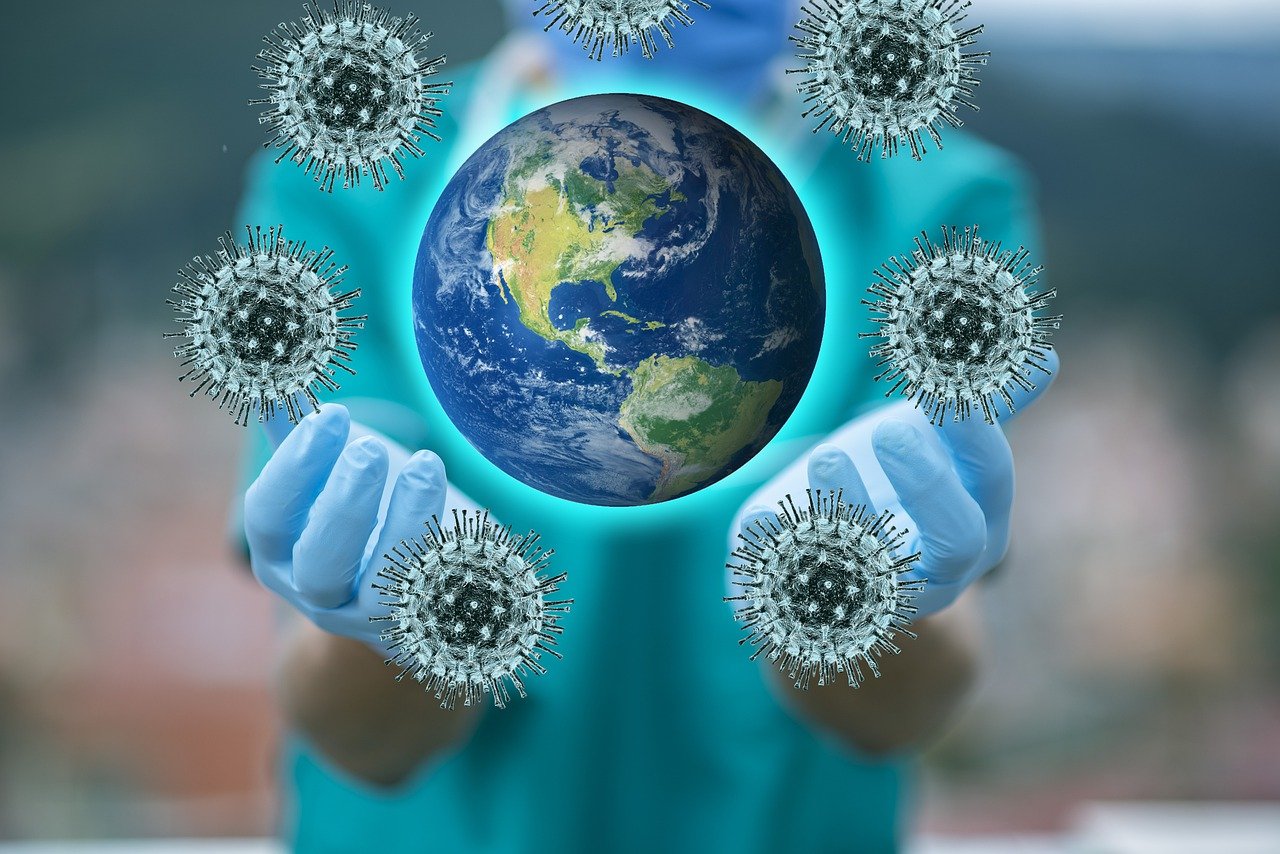The response has been almost like clockwork, at nearly every medical visit in the last few weeks. “It’s time for the flu shot,” I’ll say to my patients, “plus the updated Covid vaccine.” And that’s when the groans start.
In the past, the flu shot elicited the most resistance. The patients at my New York City practice would take their other vaccinations without a second thought but balk at the flu shot — because their sister is allergic to eggs, or because they’re sure that the flu shot always gives them the flu or because they just “don’t do” flu shots. Now, though, the majority of my patients respond along the lines of, “Fine to do the flu shot” — sheepishly pause, then say — “but not the Covid.”
When I ask my patients if they have any concerns or questions about the Covid vaccine, hardly any do. Practically no one asks me about safety data or how effective it is at preventing viral transmission, hospitalization and death. Almost no one asks me about current case counts or masking or Paxlovid. There’s just a vague hedge, or an abashed, “I don’t know, I just don’t.” As I try to suss out what’s on my patients’ minds, I can feel their own slight sense of surprise that there is no specific issue causing their discomfort about getting the updated Covid vaccine. It’s as though they have a communal case of the heebie-jeebies.
Health professionals everywhere are hearing this kind of hesitance among patients as Covid cases and hospitalizations have continued to rise during the winter. As of early January, the average number of Americans dying weekly from Covid was over 1,700. And yet, the Jan. 19 Centers for Disease Control and Prevention report indicated that only 21.8 percent of adults 18 and older have received the latest Covid vaccine — less than half of the percentage of those who have gotten the flu vaccine.
Improving this situation isn’t easy, and it will require health care providers wading into awkward conversations that are less about facts and more about emotions. But if we don’t, we will be tolerating a level of preventable death that we’d find unacceptable in any other realm of health care.
It is possible to acknowledge pandemic fatigue without throwing in the towel. Our community’s long-term health and lives depend on it.
Thank you for your patience while we verify access. If you are in Reader mode please exit and log into your Times account, or subscribe for all of The Times.
Thank you for your patience while we verify access.
Already a subscriber? Log in.
Want all of The Times? Subscribe.

